Traveling to Ladakh in monsoon season is challenging. However, there’s so much you can see here that you don’t want to miss it out. Located under the Trans Himalaya region, Ladakh is generally a rainy region. But because of the mountains that protect it, it’s safe to say that the wind is a lot more powerful than the rain. Nonetheless, it’s good to be prepared. The weather can be nice throughout the day, but you never know when heavy rain can strike. Ladakh is dominated by the city of Leh; it is surrounded by mountains tops, adventurous valleys, lots of mud-brick houses and of course, shrines. It’s quite easy to fall in love with this place. The serenity, rugged plains and abundant vegetation will make your trip memorable. Be ready for temperatures between 10 and 20 degrees Celsius throughout the monsoon season. Here are some more tips on how to travel Ladakh safety during this time of the year.
1. Monsoon hassles
North India’s monsoon season is something trivial for locals; however, travelers might experience some challenges during their trekking adventures. Some parts – particularly in the Manali&Leh highway, as well as Leh highway & Srinagar you might have to deal with monsoon hassles. But once you reach Ladakh you’ll notice that the rain is not so bad. Road blocks and landslides are common in the area, so you might want to be careful. Between the regions of Keylong and Manali, and near Darcha, the rains are heavy ad abundant. Proper clothing and mountain gear is mandatory.
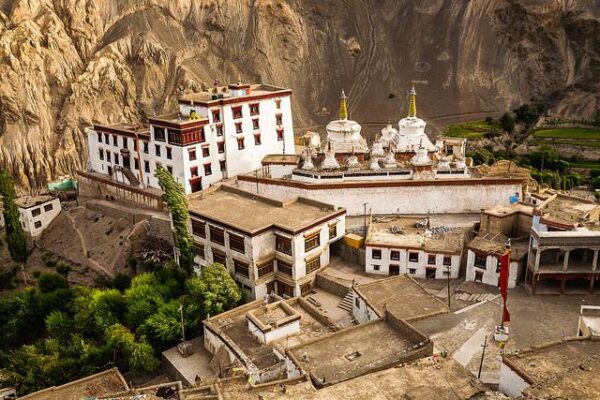
2. Driving slushes
Driving on the roads of Ladakh during the monsoon can also be challenging. Between Gramphu and Rohtang Pass, and in some areas such Keylong and Zojila Pass the rain is abundant and the road is slippery. Drive with the utmost care and make sure your car is well-equipped with tools to help you get it out from the mud. It doesn’t mean it will happen to you, but it’s always best to stay safe than be sorry down the road. If you get stuck don’t try to push your car for minutes in a row; the road might have slush, which means it can burn your clutch plates.
3. Be ready to deal with furious water crossings
Considering that most of the rivers will filled with water from the rain, it shouldn’t surprise you to see water crossing. The bridge separating Manali from the Leh Highway has pipes for draining the water, so you should be safe here. However, many other regions will be flooded; you can either avoid them and try alternative trekking path or take your chances; make sure you wear waterproof boots and coats. Gumboots are excellent if you’re riding a bike; they’ll help you dodge overflowing crossings.
4. Watch out for shooting stones
Small landslides and shooting stones happen often throughout the monsoon. Be careful and alert, whether you’re trekking or driving a car. On the road you might stumble upon mud and gravel, so driving can be challenging particularly between Khardung Village and Nubra Valley. Even the smallest stone can wreck a windshield; assess the path in front of you and look for any mountain movements; and if you spot any, avoid that path or wait until the rain calms down. Pack an extra set of windshield wipers; since the rain is heavy there are high chances to break the current ones you have.
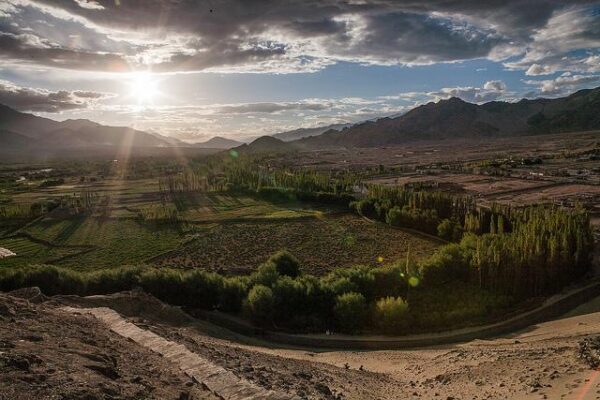
5. Leave early
You are advised to leave early regardless of your next destination. In Ladakh it rains a lot at night, and in the morning the weather seems to calm down for a few hours only to start again in the afternoon. Road blocks and landslides are common in the evening, so if you don’t want to see your vacation ruined, you are advised not to hit the road as soon as the rain has stopped in the morning. Another tip is to take a few buffer days. Don’t leave a place as soon as you got there. Because of the rain you might have difficulties reaching another destination because of the mud, landslides and flooding.
Bottom line is Ladakh is gorgeous regardless of the time of the year. Throughout the monsoon, the region is a bit more challenging to trek and explore, however, it’s still worth a try. The experience and everything you’ll see will make you forget completely about the moody weather outside.
By Christopher Austin and ShaktiHimalaya.com!

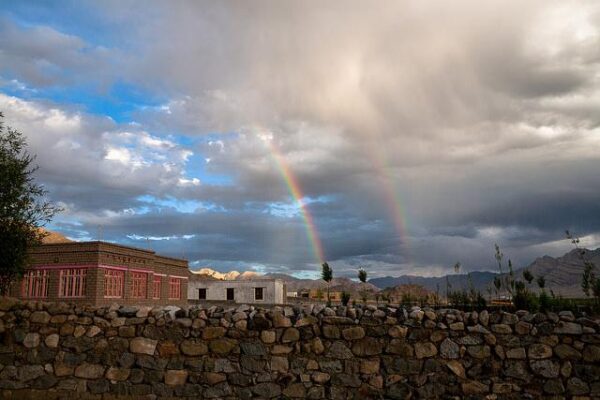


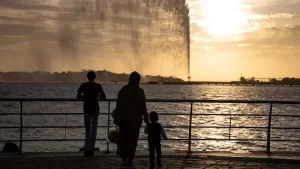

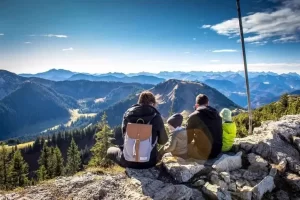











Be First to Comment